Fayoum Oasis

The Faiyum Oasis is a place of enchanting beauty, where vast deserts, lush green landscapes, and shimmering lakes converge to create a dreamlike world steeped in history and culture. This magical land, with its waterfalls and rich heritage, feels almost otherworldly, like a piece of heaven brought to earth. It’s a place where time seems to stand still, allowing the wonders of the past to coexist with the present.
The oasis has long been a source of inspiration, even capturing the imagination of renowned author Paulo Coelho, who set a significant portion of his novel The Alchemist in this mystical landscape. The natural treasures of Faiyum evoke feelings of bliss, serenity, and awe, offering visitors a chance to connect with the timeless beauty of Egypt. Here, the land itself seems to tell stories of ancient glory and wonder, reflecting the creativity and spirit of the Egyptian people across the ages.
Located just 62 miles (85 km) south of Cairo and 75 km from the Giza Pyramids, the Faiyum Oasis is nestled in the western desert, west of the Nile River, and 105 km from Cairo Airport. This natural depression spans an area between 1,270 km² (490 mi²) and 1,700 km² (656 mi²). The oasis is sustained by the Nile River, with its waters channeled through the Bahr Yussef canal, flooding the fields and draining into the desert hollow of Faiyum at the western end of the Nile Valley.
Faiyum enjoys a mild climate from October to April, with average temperatures ranging from 24 to 25°C, though summer temperatures can soar above 40°C. The oasis is home to over 200 water wells and seven iconic water wheels, which are a major attraction in the nearby Wadi Rayan, an artificial expanse of water.
In the early 20th century, between 1903 and 1910 AD, extensive farming projects were launched in the area, focusing on cereals and cotton. Today, the oasis is a flourishing agricultural hub, with fields of figs, grapes, olives, and roses, as well as a significant population of sheep. This blend of natural beauty and agricultural richness makes Faiyum a truly unique and enchanting destination.
History of Fayoum

The Fayoum Oasis has a history stretching back more than 6 million years, originating in the Miocene era. At that time, the Nile canyon extended as a significant arm of the Mediterranean Sea, reaching all the way to Aswan. Over time, sediment began to fill this ancient waterway, gradually transforming it into the Nile Valley we know today. The Nile’s waters eventually spilled into the low-lying area of Faiyum, creating a lush, wildlife-rich oasis.
The earliest recorded mention of this vast lake dates to around 3000 BC, during the reign of Menes. Over the centuries, the lake was periodically replenished by seasonal floodwaters. Neolithic settlements sprang up along its shores, and the town of Crocodilopolis took root in the southern region, where higher ground formed a natural ridge.
By the 12th Dynasty, the pharaohs of ancient Egypt had begun using the Faiyum Lake as a reservoir, storing floodwaters to sustain the region during dry spells. In those times, Faiyum was known as Atef-Pehu, or “Northern Sycamore,” and served as the capital of the 21st nome of Upper Egypt, then called Shedyt. Later, under Greek influence, the area was renamed Crocodilopolis and rebuilt by Ptolemy II as Arsinoe.
Fayoum holds the distinction of being the cradle of Egyptian agriculture, with the earliest evidence of farming found here. It was also a center of tomb construction and home to a royal pyramid during the 12th Dynasty of the Middle Kingdom (2055 BC–1650 BC). In the Roman period (205 BC – 30 BC), Faiyum gained fame as one of the empire’s most important breadbaskets.
During the first three centuries AD, the people of Fayoum practiced mummification, placing wooden portraits over the faces of their deceased. The dry desert climate helped preserve these mummies, allowing Fayoum to yield an extraordinary collection of ancient portraits. These artworks provide a vivid glimpse into the diverse society of the time, including Egyptians, Romans, Greeks, Libyans, and Syrians who lived over 2,000 years ago.
By the 1st century AD, Fayoum was largely abandoned, but it remains home to some of the most beautifully preserved examples of art from the late Roman Empire, as well as the Byzantine and early Arab periods. Significant archaeological discoveries have been made in Fayoum, including papyrus fragments containing literature and documents written in Greek, Latin, and various Egyptian scripts.
Best Attractions in Fayoum Oasis

The Fayoum Oasis is a treasure trove of historical and cultural landmarks, with ruins dating back over 5,000 years, spanning from the prehistoric era to modern times. Here are some of the must-see attractions in this magical oasis:
1. The Cult of Sobek and Qasr Qarun Temple
The Faiyum Oasis was once a major center for the worship of Sobek, the crocodile god, who was believed to control the Nile’s waters. The Qasr Qarun Temple, dedicated to Sobek, reflects the ancient Egyptians’ reverence for natural forces and deities. The priests of Sobek held significant influence over the region’s economy and social life, organizing religious festivals and trading with local producers. These priests enjoyed many privileges during Roman times, as evidenced by papyri, ostraka, and inscriptions found in nearby sites like Narmouthis, Bakchias, Tebtunis, Soknopaiou Nesos, and Theadelphia. Some temples in the Faiyum Oasis remained active until the early 3rd and 4th centuries, coexisting with early Christian communities.
2. Bahr Yussef Canal
The Bahr Yussef canal, constructed during the reign of Amenemhat III or his father Senusret III around 2300 BC, was a crucial engineering feat designed to regulate the Nile’s water levels during dry seasons and manage floodwaters. Known in Biblical times as Joseph’s canal, it played a key role in irrigating the Faiyum Oasis, transforming the region into a fertile agricultural hub. The canal stretches 24 km (15 miles) and branches out to irrigate the Faiyum governorate, eventually draining into Lake Qarun. This lake, rich in fish like tilapia, has been a vital resource for the local population for millennia.
3. Monasteries in Fayoum Oasis
Fayoum is home to several historic monasteries that offer a glimpse into the region’s religious heritage. The Monastery of Saint Anthony, dating back to 251-356 AD, is one of the most significant in the area, serving as a pilgrimage site and a hub for religious study. Other notable monasteries include the 12th-century Monastery of the Virgin (Deir Al Adhra), located 6 km outside Faiyum city, and the 7th-century Monastery of the Angel Gabriel (Deir Malak Ghobrial), set in the lush lowlands of the desert. The Monastery of Deir Hammam, dating from the 6th to 8th centuries, is another key site, along with the Monastery of St. George, 15 km south of Luhun, and the Monastery of St. Samuel, 30 km south of the Faiyum Oasis.
4. Qarun Lake & Tunis Village
One of the most scenic spots in the Fayoum Oasis is Qarun Lake, a saltwater lake with a stable water level thanks to the Aswan High Dam. Located 80 km (50 miles) southwest of Cairo, the lake covers an area of between 1,270 km² and 1,700 km² and is a protected area known for its abundant fish, including rare species. The lake, first recorded around 3000 BC during the reign of Menes, has transformed over time from freshwater to saltwater, becoming a key resource for local communities. The surrounding area features beach resorts, wildlife parks, museums, and well-preserved monuments and fossils.
Tunis Village, established in the 1960s by Egyptian poets and later developed by Swiss potter Evelyn Porret in the 1980s, has become a vibrant art center. The village is known for its pottery workshops and art galleries, as well as the Faiyum Art Center and Ibis Cooking School and Restaurant, offering visitors a unique cultural experience.
Things to Do in Fayoum Oasis

The Faiyum Oasis offers a variety of activities for nature lovers and adventure seekers:
- Bird Watching: The winter months are ideal for bird watching, especially around Lake Qarun and Wadi El Rayan.
- Hiking: Explore the natural wonders of Faiyum, including Wadi El-Hitan (Whale Valley), Wadi El-Rayan, the Petrified Forest, Gabal El-Mudawara, and Dimet El-Sebaa.
- Camping: Spend the night under the stars at Wadi El Hitan and Gabal El Medawara.
- Sandboarding: Experience the thrill of sandboarding on the dunes of Qoussour El Arab.
- Fishing: Enjoy a peaceful fishing trip on Lake Qarun.
Whether you’re interested in history, nature, or adventure, the Faiyum Oasis has something for everyone.
Explore Egypt’s Oases: Bahariya, Farafra, Dakhla & Kharga
New Valley Governorate, Egypt
Samuel Dunes El Fayoum Over Night from Cairo
Wadi El Rayan, Youssef Al Seddik, Egypt
Over Day Fayoum Oasis (Wadi El Hiten & Wadi El Rayen)
Wadi El Rayan, Al Faiyum Governorate Desert, Egypt

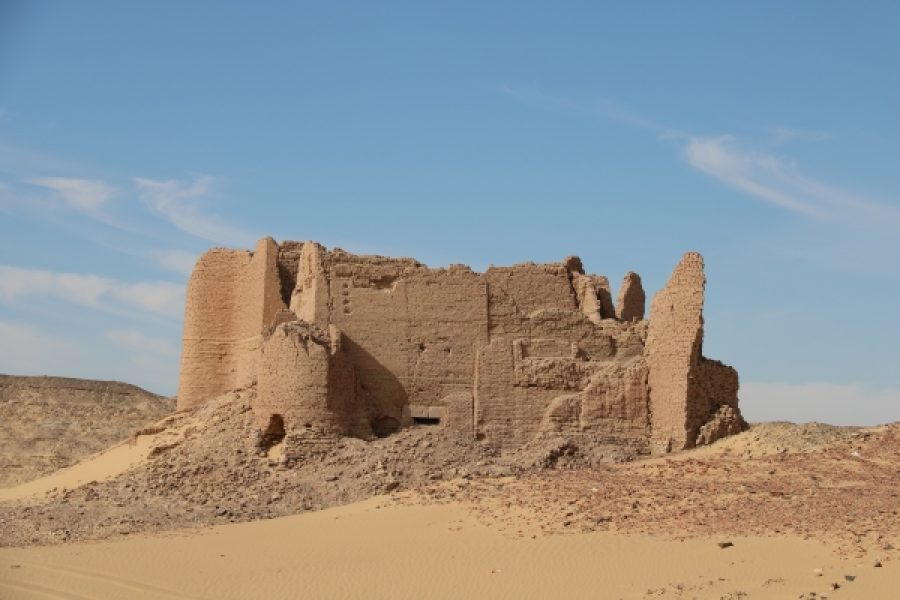
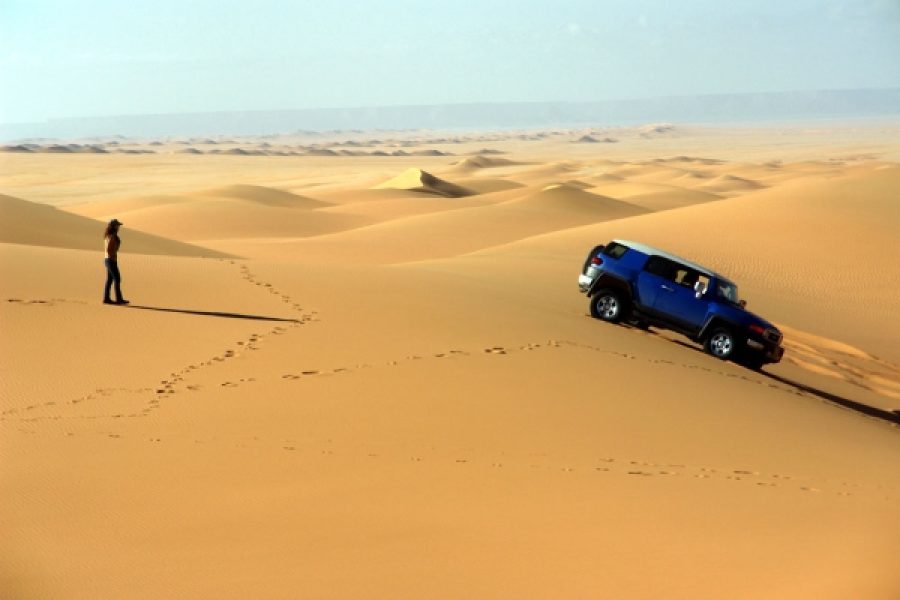
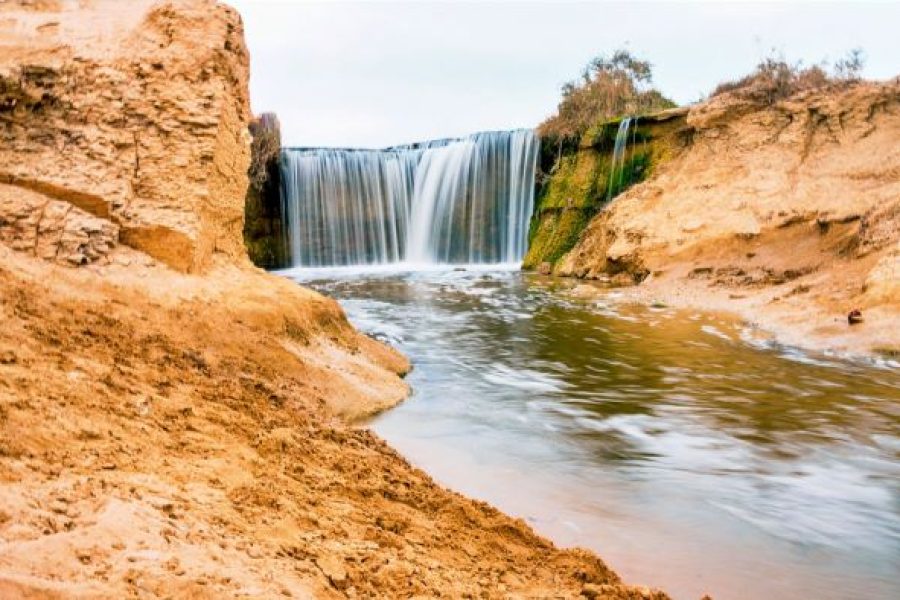
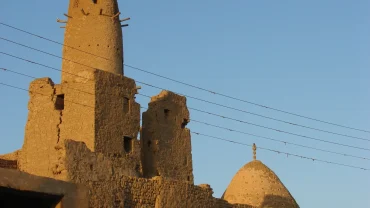
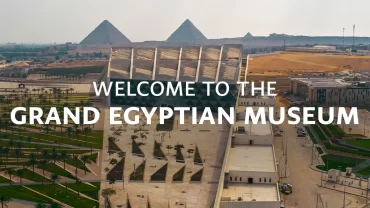
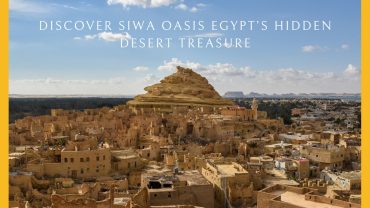
Comment (0)